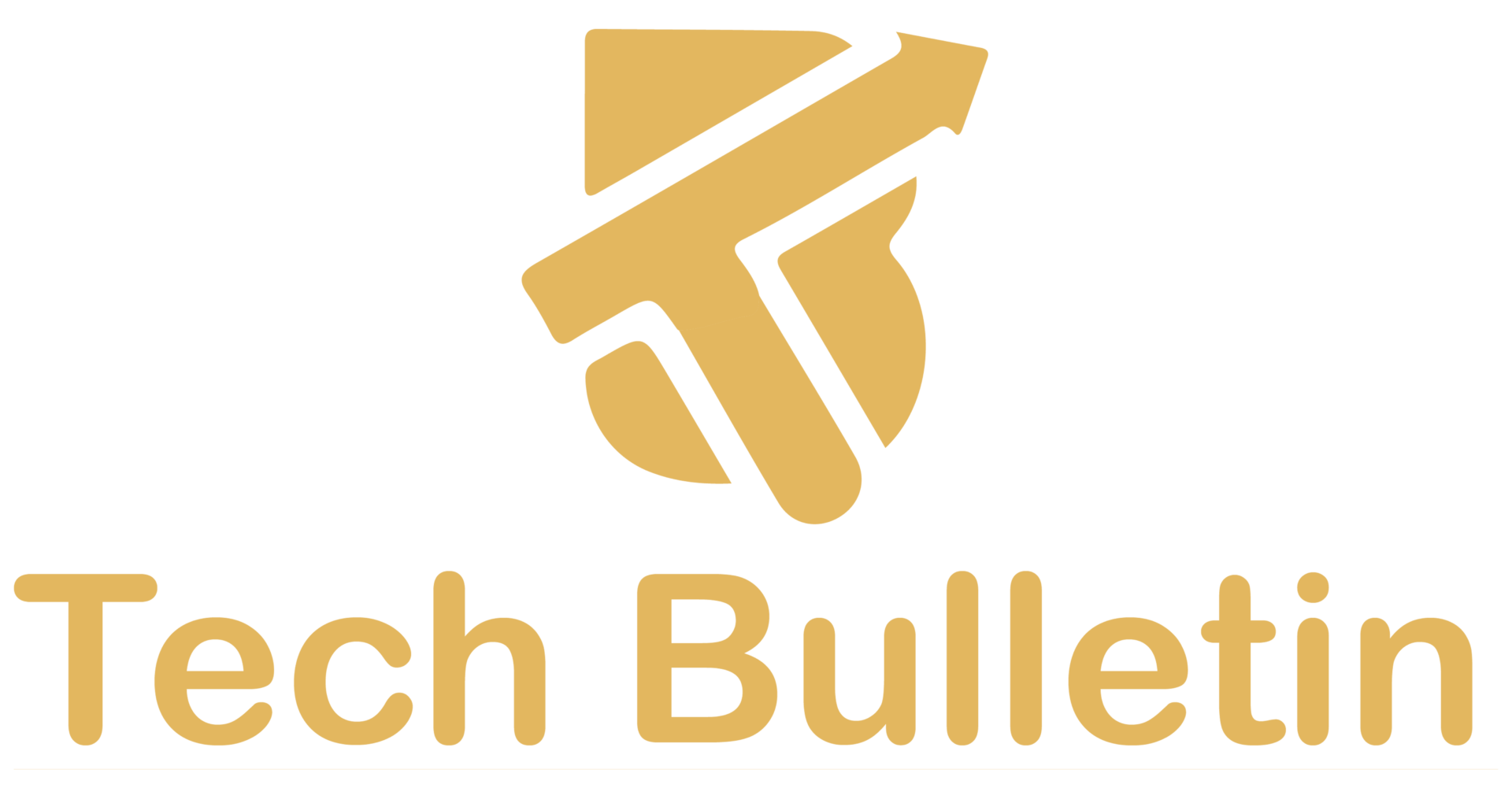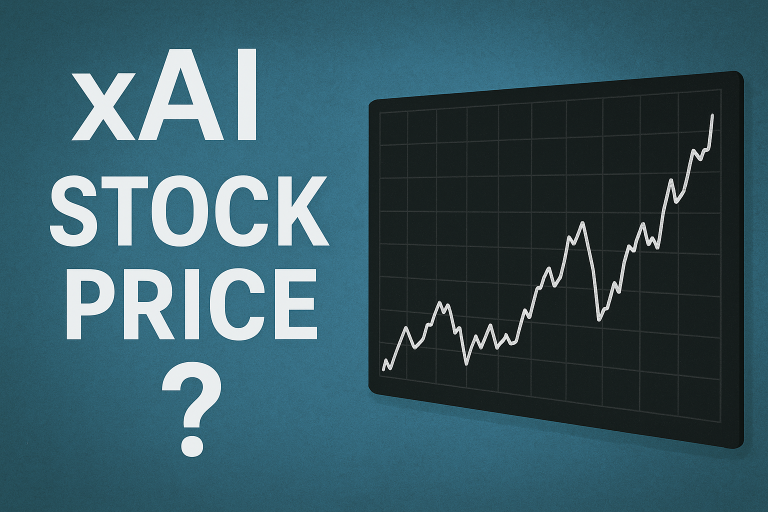Top 10 Banking Automation Solutions Revolutionizing Finance in 2025

The banking industry is undergoing a seismic shift. Traditional processes are being replaced by automation solutions that promise speed, security, and superior customer experience. Let’s explore the banking automation solutions revolutionizing Finance in 2025, each reshaping how banks operate and serve customers.
Top Banking Automation Software Leading the Finance Revolution

1. Robotic Process Automation (RPA) Platforms
RPA leverages software bots to execute repetitive, rule‑based tasks like data entry, reconciliation, and reporting. By automating these workflows, banks reduce manual errors and free up staff for strategic responsibilities.
Key Features of Leading RPA Tools
Modern RPA solutions offer drag‑and‑drop workflows, real-time analytics, and integrations with legacy banking systems. In 2025, scalability and orchestration across multiple bots are non-negotiable capabilities.
2. AI‑Driven Chatbots & Virtual Assistants
Kofax Chatbots powered by AI are transforming customer service. They can answer account inquiries, guide users through loan applications, and deliver financial advice instantly and around the clock.
Advanced NLP enables chatbots to understand intent, sentiment, and linguistic nuance. They can switch seamlessly between conversational context, creating experiences that mimic human advisors.
3. Intelligent Document Processing
Banks face immense pressure to process Know Your Customer (KYC) documents swiftly. Intelligent Document Processing (IDP) utilizes OCR and AI to extract, validate, and flag relevant data automatically.
High-accuracy OCR transforms scanned forms into analyzable text. Paired with machine learning, systems learn verification patterns, drastically reducing fraud risk and improving compliance turnaround.
4. Smart Lending & Credit Scoring Systems
Instead of relying solely on credit scores, AI-based systems analyze wider data transaction history, spending habits, and alternative credit signals to determine borrower risk more accurately.
With automation, lending cycles are compressed. Applicants can receive approvals within minutes rather than days, boosting customer satisfaction and streamlined operational costs.
5. RegTech & Compliance Automation
RegTech platforms monitor payments and user behavior in real time to detect suspicious activity. Automated alerts ensure compliance teams can react swiftly to potential violations.
These tools ingest regulatory changes automatically, adjusting reporting schemas and formats. Banks reduce manual effort and stay ahead of evolving requirements efficiently.
6. API‑First Core Banking Engines
API‑driven core banking systems allow quicker deployment of new services. Banks can plug and play modules, enabling them to react faster to market trends.
Open banking APIs enable seamless integration with fintechs. Through partnerships, traditional banks can extend service portfolios without heavy internal development.
7. Automated Wealth and Portfolio Management
Robo‑advisory platforms offer affordable, algorithm-driven investment advice. Clients receive tailored asset allocations and automated rebalancing based on risk appetite.
AI models assess global markets and investment sentiment in real-time, adjusting portfolios dynamically, enhancing returns while managing risk.
8. Fraud & Anti‑Money Laundering (AML) Systems
Deep learning models identify suspicious transaction patterns. Systems adapt continuously, minimizing false positives while flagging genuine anomalies.
By mapping institutions and accounts, banks trace illicit fund flows across networks. This boosts detection accuracy beyond simple transaction filters.
9. Payment Orchestration & Real‑Time Settlements
Automated routing engines select optimal payment rails, currencies, and partners, reducing costs and processing time for international transfers.
Real‑time settlement is now an expectation. Automation reduces delays, errors, and fees associated with batch processing.
10. Conversational Banking Interfaces
With voice assistants integrated into banking apps, customers can check balances, transfer funds, or pay bills hands-free and securely.
These interfaces offer a unified experience across voice, chat, mobile, and web apps, creating consistent and convenient access.
Future Outlook: What’s Next in Banking Automation

Hyper‑automation and AI Ecosystems
The next frontier is hyper-automation: coordinating RPA, AI, ML, workflows, and analytics into unified platforms. This intelligent automation ecosystem can initiate tasks, adapt flows, and self-optimize operations.
Ethics, Transparency, and Human Touch
Automation must progress with strong ethics, accountability, and transparency. Customer trust demands explainable AI, bias-free decisions, and human oversight, especially in sensitive processes like credit approvals.
FAQs
Q1: What qualifies as banking automation?
Banking automation includes technologies like RPA, AI chatbots, OCR, AML systems, robo-advisors, and API-driven platform tools that automate manual processes and decision-making.
Q2: Will automation replace bank employees?
Automation frees employees from repetitive tasks, allowing them to focus on strategy, customer relationships, and problem-solving roles that require human insight.
Q3: Are these solutions expensive to implement?
Costs vary. Cloud-based or SaaS options offer flexible pricing. While enterprise deployments require upfront investment, return on automation is often rapid in accuracy, efficiency, and customer satisfaction.
Q4: How secure are automated systems?
Security is integral. Most incorporate encryption, multi-factor authentication, and continuous monitoring. However, robust governance and oversight remain essential.
Q5: Can small banks adopt these technologies?
Absolutely. Many providers offer scalable, API-based, and modular systems tailored to smaller institutions. Cloud-hosted solutions reduce infrastructure requirements.
Q6: What is hyper-automation?
Hyper-automation connects multiple automation technologies—RPA, AI, workflow, analytics—creating systems that self-adjust and optimize processes without manual intervention.
Conclusion
The Top 10 Banking Automation Solutions Revolutionizing Finance in 2025 demonstrate how technology is reshaping financial services. Leveraging RPA, AI, OCR, and voice, banks are becoming faster, smarter, and more customer-centric than ever before. As automation matures, striking the right balance between technology and the human touch will be key. By embracing innovation responsibly, financial institutions can generate efficiency, trust, and exceptional user experiences.






